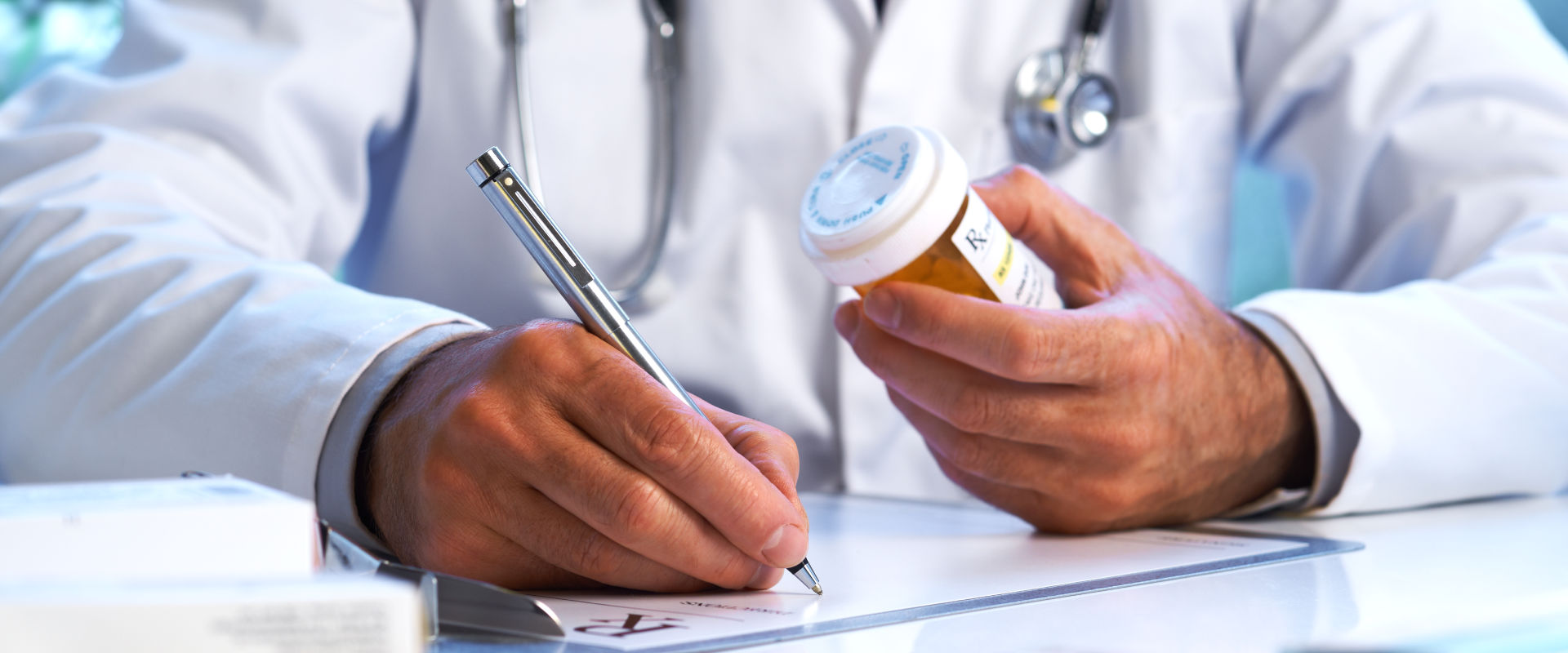
About the Psychiatry & De-addiction
The Department of Psychiatry and de addiction at AIMSRC is focused on vigorously serving the patients, Families and the community through its four-part mission i.e., Caring for Patients, Conducting Pioneering Research, Educating Professionals, Serving the Community. Full time, experienced and competent team of experts in mental health work 24x7 to provide the best services to the patients.
Through the department, the patients will be able to access exceptional services including Emergency/Indoor services (IPD), general and speciality outpatient (OPD) care for children and adults. One of the crucial elements of the department is the psychological assessment, psychosocial assessment and intervention. Along with these services, the best psychiatry hospital in India has a fully-fledged dedicated de-addiction facility with a separate ward that caters to the need of treatment for substance use disorders.
Specialty Clinics
The specialty clinics offered by the Department of Psychiatry are given below.
Emergency Surgery: Immediate surgeries required due to life-threatening conditions like trauma or acute illnesses.
Minimally Invasive Surgery: Techniques like laparoscopy or endoscopy that use small incisions or natural body openings, reducing recovery times.
Open Surgery: Traditional surgeries where a larger incision is made to access organs or tissues directly.
- Child Guidance Clinic
- Geriatric Clinic
- Neuro-psychiatric Clinic
- De-addiction Clinic
- Psychomotor Clinic
- Family Counseling & Psycho-sexual Clinic
- Community Mental Health Services (RHTC)
- Indoor facilities for 30 patients (15 Male + 15 Female)
- De-addiction Ward with fully equipped 10 beds for de-addiction services.
- Chronic Psychiatry Services
- OPD Consultation services for walk-in and referred patients.
- Speciality Clinics
- Psychological Assessment & Intervention
- IQ Assessment & Career Counseling
- Bio-Feed Back Services
- Disturbance of body image
- Excessive fear of fatness
- Excessive emphasis on thinness
- Restricting: Seen in 50 % of the cases and characterized by highly restricted food intake
- Binge eating/purging subtype: seen in 25-50%, in this patient attempts alternate rigorous dieting with intermittent binging and purging episodes
- Cluster A: Paranoid, Schizoid, schizotypal
- Cluster B: Histrionic , narcissistic, antisocial, borderline
- Cluster C: Avoidant, dependent, anankastic
- Attention deficit disorder with hyperactivity: it is characterized by poor attention span with distractibility, hyperactivity, impulsivity
- Attention deficit disorder without hyperactivity
- Residual type
- Hyperactivity disorder with conduct disorder.
- Immediate: completion of detoxification, in-tervention of psychosocial and medical crisis
- Short-term: include management of medical and psychiatric co-morbidity and re-integration with family.
- Long-term: prevention of relapse, re-integration into the society, occupational rehabilitation and improvement in overall quality of life.
- Etiology: Biological factors in the form of neurotransmitter disturbances especially serotonin, hormonal disturbances, neuroanatomical disturbances.
- Various medical disorders predispose to depression as well most commonly- hypothyroidism, diabetes, and various vitamin and mineral deficiencies.
- Neuroanatomical: Decreased activity in dorsolateral prefrontal cortex and increased activity in amygdala.
- Genetic: there is found to a role of cAMP response element protein on chromosome 2, and serotonin transporter gene.
- Psychological theories: according to these negative thoughts have a central role in development of depression? It is the second most prevalent mental health disorder according to WHO with a lifetime prevalence of 12%. It affects females twice compared to males. Depression is the most common cause of suicide.
- Pharmacotherapy in the form of Tricyclic antidepressants, Selective serotonin reuptake inhibitors, serotonin norepinephrine reuptake inhibitors.
- Psychotherapy: Cognitive behavior therapy , interpersonal therapy.
- ECT in cases of suicide risk
- Transcranial magnetic stimulation
- Vagal stimulation
- Deep brain stimulation
Inpatient Services
Outpatient Services
Diagnostic and Other Clinical Facilities
Mental Health Helpline at Number 9529549090 (24x7)
What we treat
At Division of Psychiatry & De addiction of AMS, we invest our efforts, time, and expertise to detect and treat various types of Ailments
Schizophrenia
It is the most common serious mental disorder. It is defined by a group of characteristic positive and negative symptoms along with deterioration in social, occupational, interpersonal relationships. Lifetime prevalence of 1% and incidence rate of 0.15 to 0.25% and displays high heritability
Depression
Bipolar Disorder
Obsessive Compulsive And Related Disorder
Substance Related And Addictive Disorder
Neurocognitive Disorders/Organic Mental Disorders
Personality Disorders
Sleep Disorders
Eating Disorders
Child Psychiatry
Eating Disorders/Anorexia nervosa:
It is an eating disorder, most commonly seen in adolescent females / children’s
Signs and Symptoms
There is restriction of energy intake leading to significantly less weight. Many medical symptoms might also arise out of extreme starvation like amenorrhea, poor sexual development, lanugo, hypothermia, dependent edema, bradycardia.
Subtypes
Treatment:
Treatment may include hospitalization to restore nutritional status and manage complication of dehydration and electrolyte imbalances. It also focuses on combination of behavioral management, individual psychotherapy and family education.
Few other eating disorders are Bulimia nervosa, obesity, Binge eating disorder.
Personality Disorders:
Personality disorders are the result of inflexible and maladaptive personality traits which causes significant social and occupational impairment and personal distress.
The various clinical subtypes are:
The prevalence of personality disorders is 10-20% and onset is generally in adolescence or early adulthood.
Diagnosis:
Diagnosis is made on the basis of marked disturbance in attitude and behaviors involving several areas of functioning.
Treatment:
Mostly includes psychotherapy and occasional use of pharmacotherapy when required.
Child Psychiatry:
Attention Deficit Hyperactivity Disorder: It is a common neuropsychiatric disorder of child-hood. Occurs in 3% of the school age children and affects boys more than girls.
The onset occurs before the age of 7 years and a large majority of patients’ exhibit symptoms by 4 years of age
There are 4 clinical subtypes:
The diagnosis is made on the basis of teacher’s school report, parent’s report and clinical examination. Neurological examination may reveal soft neurological signs.
Aetiology: Various factors are considered to be responsible for this disorder including minimal brain damage, maturational lag, genetics, neurotransmitters and early psychodynamic factors.
Treatment:
It includes Stimulant medication, non-stimulant medication, at times anti-psychotic medication.
Psychosocial interventions in the form of social skill training psych education for parents, behavior therapy, and cognitive behavior therapy
Substance related and addictive disorder:
It encompasses behavioral dependence, physical dependence and psychological dependence. Drug Abuse and Addiction are among the most serious Public Health problems that our society is facing. The substance related disorders encompass separate psychoactive drugs which includes alcohol, caffeine, cannabis, hallucinogens, inhalants, opioids, sedatives and hypnotics, stimulants, tobacco and other substances.
Etiology: These drugs act on particular receptors and brain pathways and have found to play a central role in development of substance use disorders. Various neurotransmitters like opioids, catecholamine’s and GABA. There is also a role of genetic factors in development of substance disorders. Learning and conditioning is also known to contribute to these disorders.
There are four important patterns of substance use disorders which may overlap each other- Acute intoxication, withdrawal state, dependence syndrome, harmful use.
Treatment
Depression
It is characterized by sadness of mood, anhedonia, feeling of worthlessness and hopelessness, lack of energy and concentration, appetite disturbances, psychomotor agitation or retardation, sleep disturbances and suicidal thoughts.
Symptoms:
Diagnosis
For diagnosis minimum of 5 symptoms should persists for at least 2 weeks.

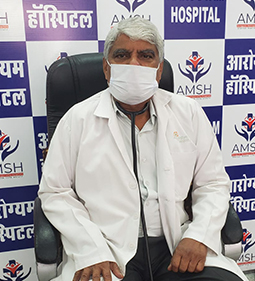 DR. J P GUPTA
DR. J P GUPTA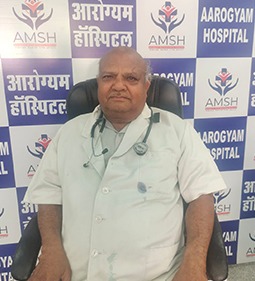 DR. RAMNATH MEENA
DR. RAMNATH MEENA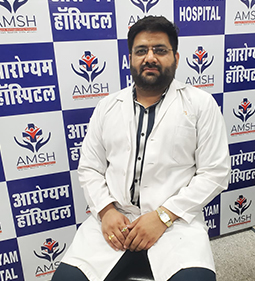 DR. AASHISH MANOCHA
DR. AASHISH MANOCHA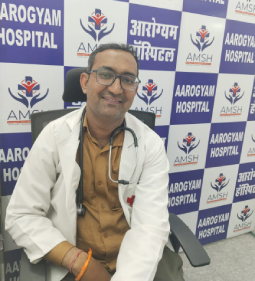 DR. VIKAS GUPTA
DR. VIKAS GUPTA